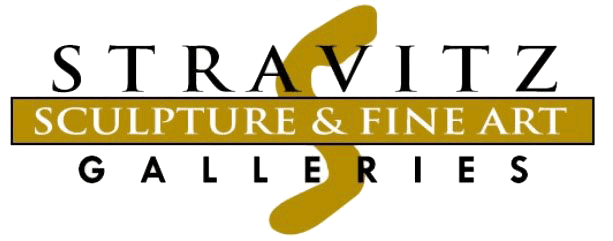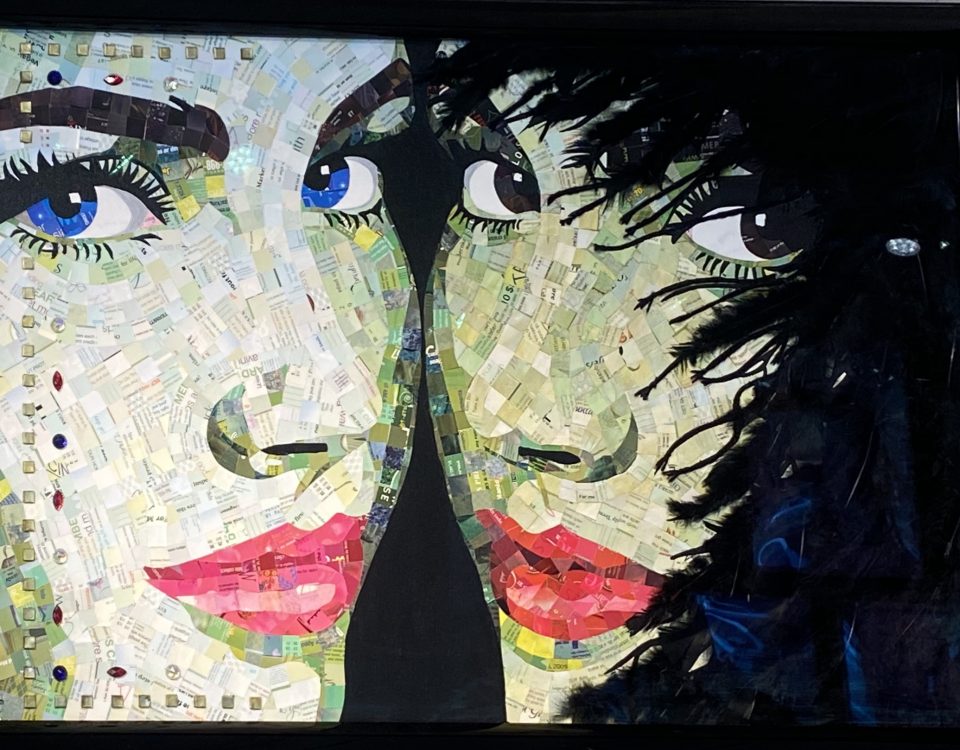Digital art or New Media Art is an art form that is still largely unknown to many people and even art connoisseurs. Sure, it is still a relatively new art form, but it has been around for several decades. Before we answer the question of what are the special features of collecting digital art, here is another question to be answered first: What is digital art?
The terms digital art or new media art already suggest it: Digital art is artwork created with new media technologies. This can mean a lot of things in the first place: video art, sound art, internet art, cyborg art, or biotech art. The emergence of this art form goes back mainly to the 1950s and 1960s. During this period, many artists detached themselves more and more from the classical media of art (painting, sculpture, etc.) and many artists also wanted to break away from institutional art. The digital era enables artists like Nam June Paik to express themselves through new media.

Furthermore, the further development of various technologies such as video technology in the 1960s shaped new forms of art. This trend continued later with the development of computers and the Internet in the 1990s, and continues to this day, and even to the integration of DNA technologies into art, as Eduardo Kac carries it out, does. Today, digital art continues to increase in popularity. Here are some pointers on collecting digital art.
What Makes Digital Art So Special?

Whether the video works of Nam June Paik and Yoko Ono or the performance artist Marina Abramovic, whether David Hockney‘s iPad drawings, the works of Ed Atkins with their unforgettable digital creatures, or the biotechnical artistic experiments of Eduardo Kac – even this spontaneous, small selection of artistic positions of digital art shows how diverse it is. This diversity makes it difficult to characterize media art as a whole. At the same time, the specifics of digital versus traditional art are relatively easy to define. The latter are also the ones that strongly influence the trade-in digital art.

Not only is digital art available in an unlimited or unrestricted way, quite unlike a painting, which is usually a unique piece, which strongly influences the value of the artwork. Digital work is much less vulnerable to forgery and is a completely new challenge for both viewers and curators. But how do you deal with these particularities in the art market?
Collecting Digital Art
The market for digital artworks has grown steadily in recent years but is still small compared to trading with traditional art forms. This may be because new media art has by no means fully arrived in the major institutions and museums. However, digital works of art do not necessarily make it easy for collectors in return. After all, the origins of digital art are sometimes even directed against its marketing. These particularities must be taken into account when collecting digital art:

Medium
First of all, before collecting digital art, it is important to deal with the characteristics of different media of new media art. While video art often still has a material carrier, Internet art is usually detached from a real existing medium. Media installations, for example, often follow a strict structure and usually consist of very different components such as video and sound recordings, but also written instructions for construction or reception.

Materiality
Unlike a painting painted on a canvas or a sculpture carved out of stone, digital art is usually ephemeral or virtual. Delivering digital art after it has been purchased is therefore somewhat different from what is done with traditional media. To be able to collect digital art and thus own it, it is usually materialized and stored on a USB stick or hard disk, for example, and thus actually delivered. This has one advantage: digital art is more space-saving than some other art.
Another possibility is that a work of art can be sent virtually. More and more platforms such as Sedition are offering a digital interface for collecting digital art. On these platforms, collectors can buy digital art but also store it. This has a practical advantage: they can access their art at any time and from anywhere. At Sedition, collectors can find exclusive artworks by Yoko Ono, the light art of artist Tracey Emin that is sold in a digital version at Sedition as well as many different other artists.

Editions
Collecting art is interesting for many people not only as a good investment or out of a passion for art, but also because of its uniqueness, which in turn strongly influences the value of art. Digital artwork, on the other hand, is a product of the “age of technical reproducibility” as Walter Benjamin described it in his famous essay as early as 1935. Digital art or New Media art is reproducible and can usually be theoretically multiplied infinitely.
In order to make their works more exclusive, artists therefore often make only one copy of their artwork or a certain edition.

Authenticity
Digital art – and this is particularly true of Internet art based on programmed code – is generally easier to forge than other art. Quite apart from the fact that, despite a limited edition, pirated copies can also be circulated, which are often very easy to produce. An original is often difficult to recognize in New Media Art. It is difficult to determine the provenance of a digital work of art. This makes it all the more important to ensure that a certificate of authenticity is obtained when collecting digital art. Without such a certificate the resale of a work of art could be difficult.
Check Technical Requirements
While an art collector for a purchased painting needs at most a free wall to enjoy the work of art, collectors of new media art should definitely pay attention to the technical requirements needed to view the art. Often only a simple screen is needed to play a video, but sometimes a special performance of a TV or monitor is needed to play a certain resolution.

In addition, artists often have a precise idea of how and with which device their works of art should be presented. This is especially crucial for museums and galleries that present art to the public and concerns mainly multi-media art.
Preserving Digital Art
Buying digital artwork is one thing, preserving them is quite another, and is also very different from preserving traditional art. These two processes are essential for collectors of digital art: refreshing and migration.
Refreshing
Just like canvas, paper, and paint, digital works of art and their storage media are also subject to an aging process. It is therefore important that collectors of new media art back up their works of art on a new medium from time to time. This is where digital art has a decisive advantage over classical art forms: It is comparatively easy to preserve, it is fast and inexpensive. Depending on the contractual conditions, a backup copy can also save from an undesired loss of a work of art.

Migration
Digital artwork is subject to rapid technological change. So it may be that you buy a work of art today whose format will be so outdated in a few years that it will no longer be readable on conventional devices. In order to preserve artworks in a way that they can still be viewed in the future, they must always be converted into a readable format. This process is called migration.
Digital art or new media art is based on new technologies, which in turn require a new approach to art in many ways. Collecting digital art differs from classical collecting in some points. While decades ago it was perhaps not even conceivable that something non-material, virtual or ephemeral could become an object of collection at all, there are now good opportunities to expand your art collection with digital pieces.





